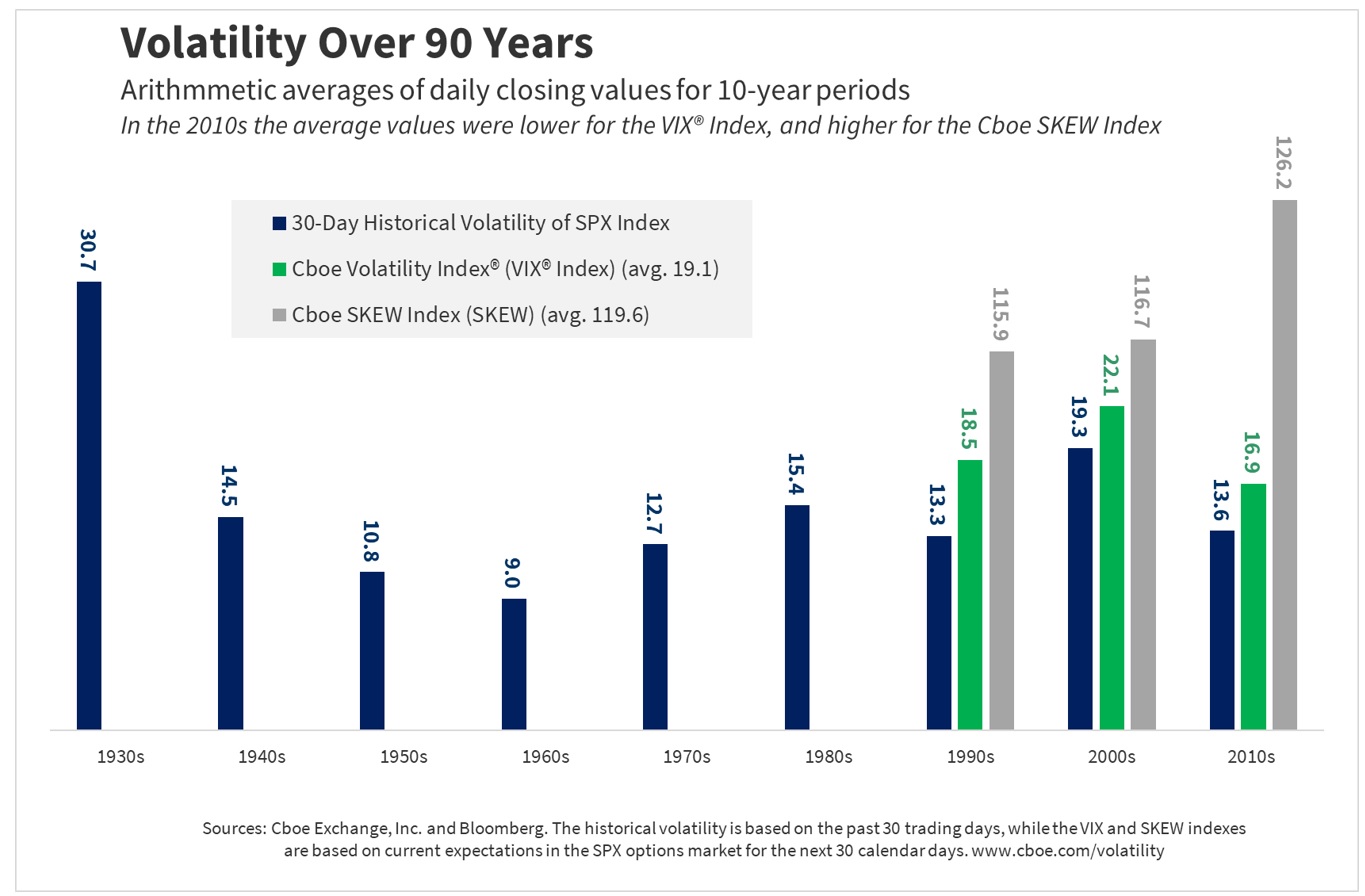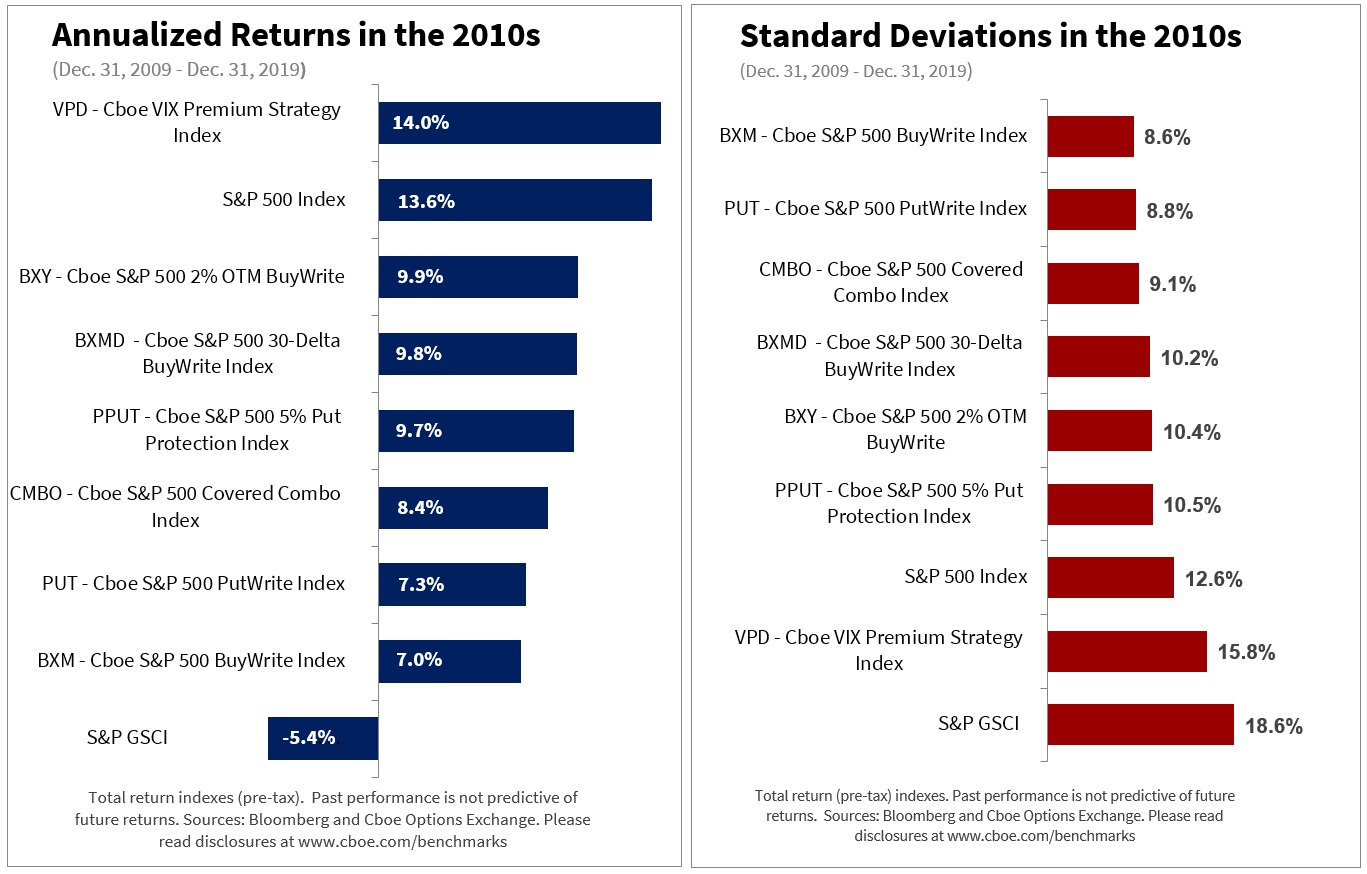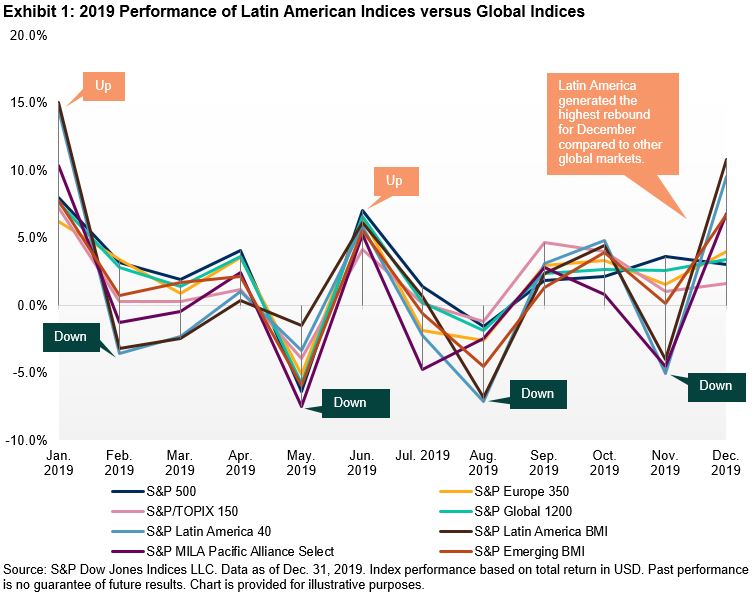When it comes to measuring the performance of U.S. equity market, some broad market indices have more constituents than others. But having a larger number of constituents does not necessarily lead to significantly wider market capitalization coverage. That’s because broad equity benchmarks are usually market-capitalization weighted, with the majority of the index weight concentrated in the top 100 securities. Therefore, as one goes down the market cap spectrum, smaller companies understandably command less weight in the index.
For example, the S&P Composite 1500 and the Russell 3000 both seek to measure the performance of the U.S. equity market, with the latter including twice the number of companies. However, the S&P Composite 1500 covered 90% of the U.S. market cap at the end of 2019 (see Exhibit 1). That means the largest 1,500 stocks not included in the index, many of them members of the Russell 3000, only represented around 10% of the U.S. equity market capitalization.

Over the long-term investment horizon, the two indices had returns correlation of 99.8% and roughly identical risk/return profiles.[1] Therefore, there is no noticeable return premium for having a greater or lower number of securities in the universe. Nevertheless, market participants looking to passively replicate the returns of the U.S. equity market may wish to consider additional factors such as trading costs, liquidity, and turnover. Data show that, on average, the S&P Composite 1500 had lower annual turnover (4%) than the Russell 3000 (9.31%).[2] With half the names to trade, the S&P Composite 1500 appears to be more capital efficient and cost effective.
From a total portfolio perspective, another important consideration for market participants is ensuring non-overlapping market capitalization exposure. The S&P Composite 1500 is made up of distinct market cap ranges—the S&P 500®, the S&P MidCap 400®, and the S&P SmallCap 600®. In other words, there are clearly defined market capitalization cut-offs between each market cap segment with no overlapping securities.
Non-overlapping size segmentation means market participants can avoid taking on unintended exposure to size, style, or risk factors that they do not get compensated for. For example, consider an investor that is passively replicating a large-cap and a mid-cap index. If there is any overlap between the indices, the investor would be doubling down on their size exposures. Given the historical differences in risk/return characteristics between large- and mid-cap stocks, such exposure may have a sizeable impact on a portfolio’s characteristics
In sum, the S&P Composite 1500 represents an efficient, cost-effective way to measure the performance of 90% of the domestic equity market. And because of distinct market cap segmentation, the index avoids exposing market participants to unintended risk exposures that they do not wish to take.
[1] Based on monthly data from Dec. 30, 1994, through Dec. 31, 2019. The S&P Composite 1500 has annualized return and volatility of 10.36% and 14.65%. Russell 3000 has annualized return and volatility of 10.21% and 14.84%. Total returns in USD.
[2] Source: Factset. Turnover figures based on annual averages between 2006 and 2019. iShares Russell 3000 ETF used as a proxy for the Russell 3000 index.
The posts on this blog are opinions, not advice. Please read our Disclaimers.



















































